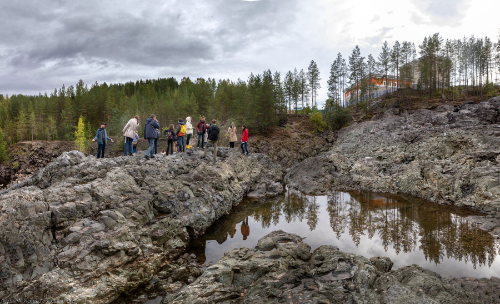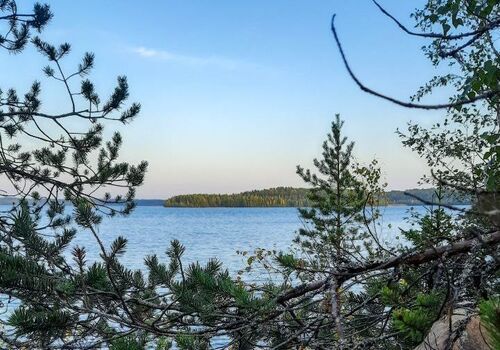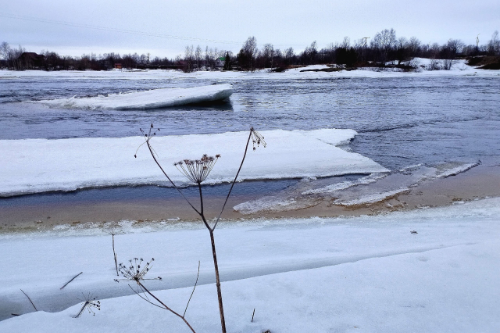- Already at the dawn of popular-science tourism development in Russia, several years ago, we announced the possibility of creating such a tour.Since then, the idea has appeared in various forms in our "Geological Heritage of Karelia" guidebook and the exhibition “Seven Rocks of Karelia”. We noticed the interest of the audience and finalized the new route taking into account this experience and the new knowledge gained through scientific work, - said one of the authors of the tour Sergey Svetov, Doctor of Geological and Mineralogical Sciences, Director of the Institute of Geology KarRC RAS.
During the tour, residents and guests of Karelia will learn about what was happening in the territory some 2 billion years ago. Scientists say that Karelia is lucky in terms of geological history: the region harbors ancient rocks that bear information about catastrophic volcanic eruptions, evidence of ancient seas, the first signs of the development of biological species, traces of the movement of continents and the formation of ore deposits. These will be the topics covered on the tour. It is designed for three days. On the first day, the participants are introduced to the city, the history of the region and begin their familiarization with the topic at the KarRC RAS Museum of Precambrian Geology and the Chertov Stool locality.

Kivach waterfalls
On the second day, according to the scientists' idea, the tour splits into three thematic tracks, which are chosen by the group in advance: “Volcanoes and catastrophes”, ‘Ancient seas and their inhabitants’, ‘Ore treasure troves of Karelia’. This way, the track of choice can be covered in as much detail as possible. The sights include the Hare Valley, Mount Sampo, Martial Waters spa, Girvas paleovolcano, Kivach waterfalls, Belaya Gora mountain park, Konchezersky iron smelting plant, and other natural and historical destinations.
On the third day, the participants get acquainted with the work of scientists in laboratories of the Institute of Geology KarRC RAS, where they can learn the skills of diagnosing and photographing minerals. They delve into the profession of geologist, paleontologist, mineralogist, paleovolcanologist, seismologist.
– The objective of the tour is to educate. We realize that when people choose this program, they want to learn something new. We teach them to observe the history of the Earth, to look at objects as experts do. It feels like popular-science tourism is a youth trend, and for the young audience this track is also a way of career guidance, an opportunity to try oneself in a researcher role, – noted Sergey Svetov.

Sergey Svetov, Director of the Institute of Geology KarRC RAS, speaking
This popular-science route is already among the tours offered by one of Karelia’s tour operators. In addition to tour guides, the tourists are supposed to be accompanied by researchers from the Institute of Geology KarRC RAS.
The Popular-Science Tourism Program in Russia is intended to draw young talents to the R&D sphere and to raise awareness of the achievements and prospects of the Russian science. It was prepared within the national project Science and Universities. Previously, the Russian National Register of Popular-science Tourism Sites and Destinations has been compiled. The units representing the Karelian Research Centre RAS there are the Abnormal Wood Collection, Archaeological Museum, Arboretum, Museum of Precambrian Geology, and Museum of Applied Environmental Research.
Photos: Igor Georgievski / KarRC RAS







